
Computational Chemist | Science Communicator | Tutor/Teacher
@newscientist.com

@newscientist.com
@newscientist.com @psupress.bsky.social @mitpress.bsky.social

@newscientist.com @psupress.bsky.social @mitpress.bsky.social
@newscientist.com
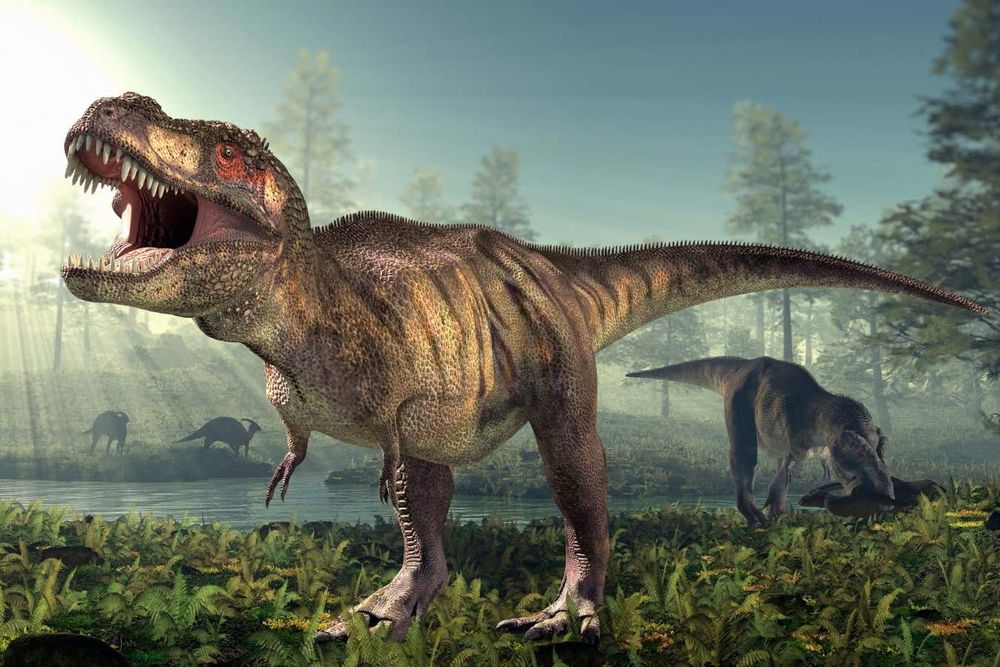
@newscientist.com
Thank you to Steven Townsend, @drlarsbode.bsky.social and
@katypatras.bsky.social for taking the time to chat with me.
www.newscientist.com/article/2490...
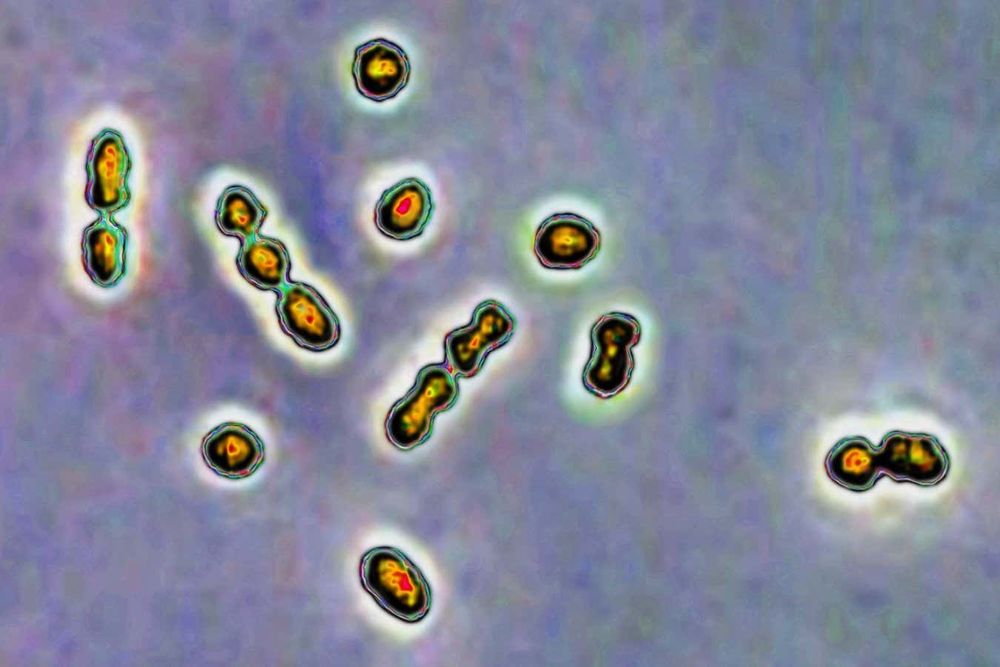
Thank you to Steven Townsend, @drlarsbode.bsky.social and
@katypatras.bsky.social for taking the time to chat with me.
www.newscientist.com/article/2490...
Thanks to Song Lin Chua and Lee (Mick) Demi for taking the time to chat with me about this fascinating research.
@newscientist.com
www.newscientist.com/article/2488...
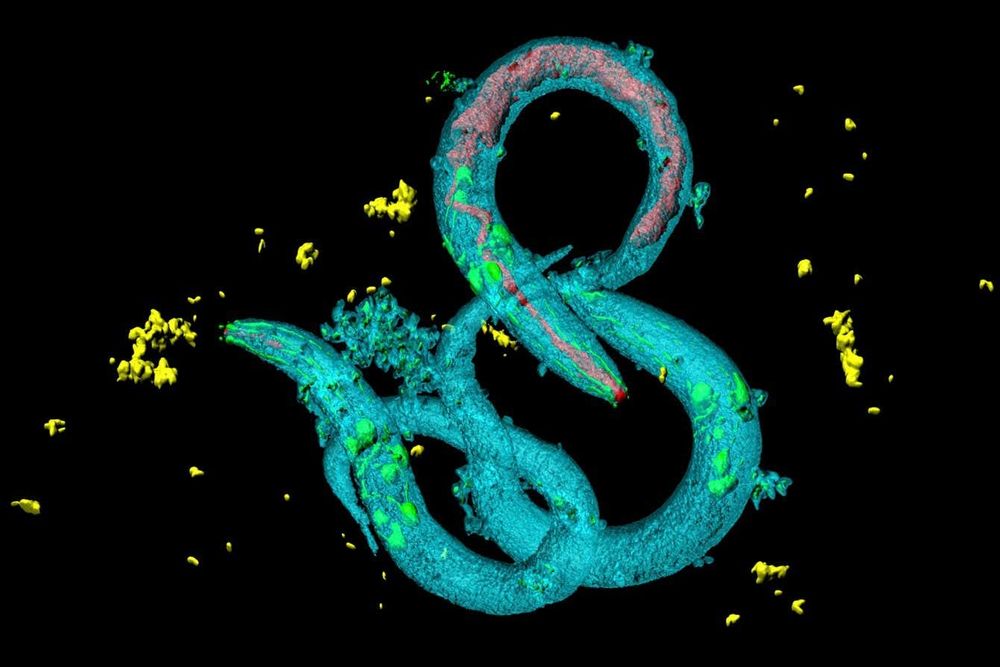
Thanks to Song Lin Chua and Lee (Mick) Demi for taking the time to chat with me about this fascinating research.
@newscientist.com
www.newscientist.com/article/2488...
@newscientist.com
@gzaffagnini.bsky.social
@crg.eu @yalepress.bsky.social
www.newscientist.com/article/2488...
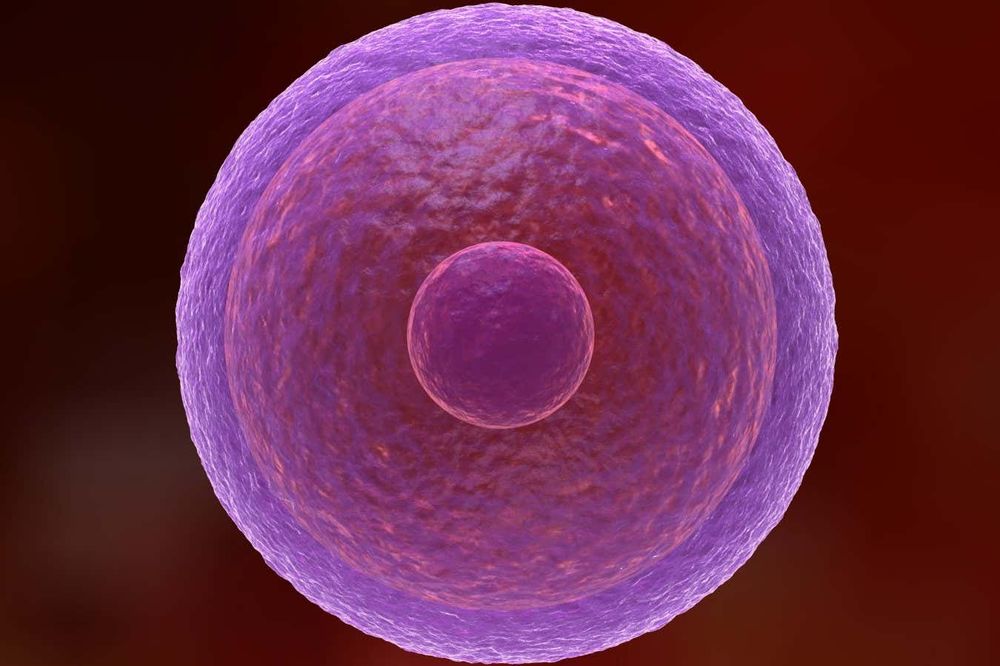
@newscientist.com
@gzaffagnini.bsky.social
@crg.eu @yalepress.bsky.social
www.newscientist.com/article/2488...
@paleoproteomicist.bsky.social @fridowelker.bsky.social @harvardpress.bsky.social @smithsonianmag.bsky.social @newscientist.com
www.newscientist.com/article/2487...

@paleoproteomicist.bsky.social @fridowelker.bsky.social @harvardpress.bsky.social @smithsonianmag.bsky.social @newscientist.com
www.newscientist.com/article/2487...
3D printing in long-term treatment of type 1 diabetes?
Read here:
www.newscientist.com/article/2486...
@newscientist.com
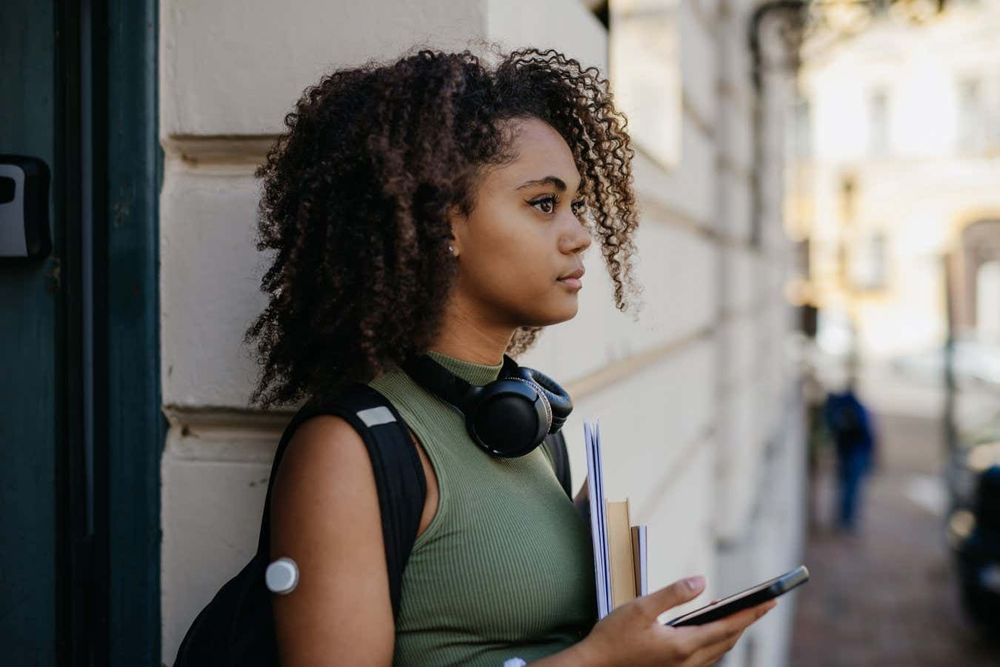
3D printing in long-term treatment of type 1 diabetes?
Read here:
www.newscientist.com/article/2486...
@newscientist.com
Why you *should* use #emojis when texting people you care about — and not worry too much about which ones to send.
www.newscientist.com/article/2486...

Why you *should* use #emojis when texting people you care about — and not worry too much about which ones to send.
www.newscientist.com/article/2486...
After 20 years in a jar, this prehistoric ancestor of the Gila monster was discovered — and assigned this wicked Tolkienian name. (Forever impressed, Dr. Woolley.)
Any fans among us who can figure it out without looking it up? 👀
www.newscientist.com/article/2484...
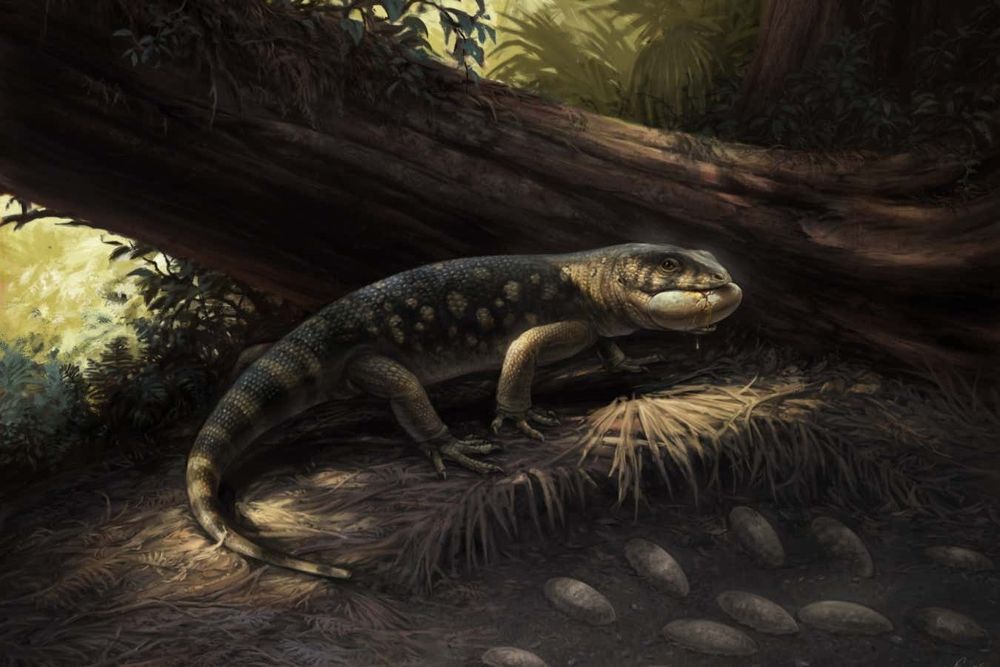
After 20 years in a jar, this prehistoric ancestor of the Gila monster was discovered — and assigned this wicked Tolkienian name. (Forever impressed, Dr. Woolley.)
Any fans among us who can figure it out without looking it up? 👀
www.newscientist.com/article/2484...
Next stop: New Scientist
Next stop: New Scientist


